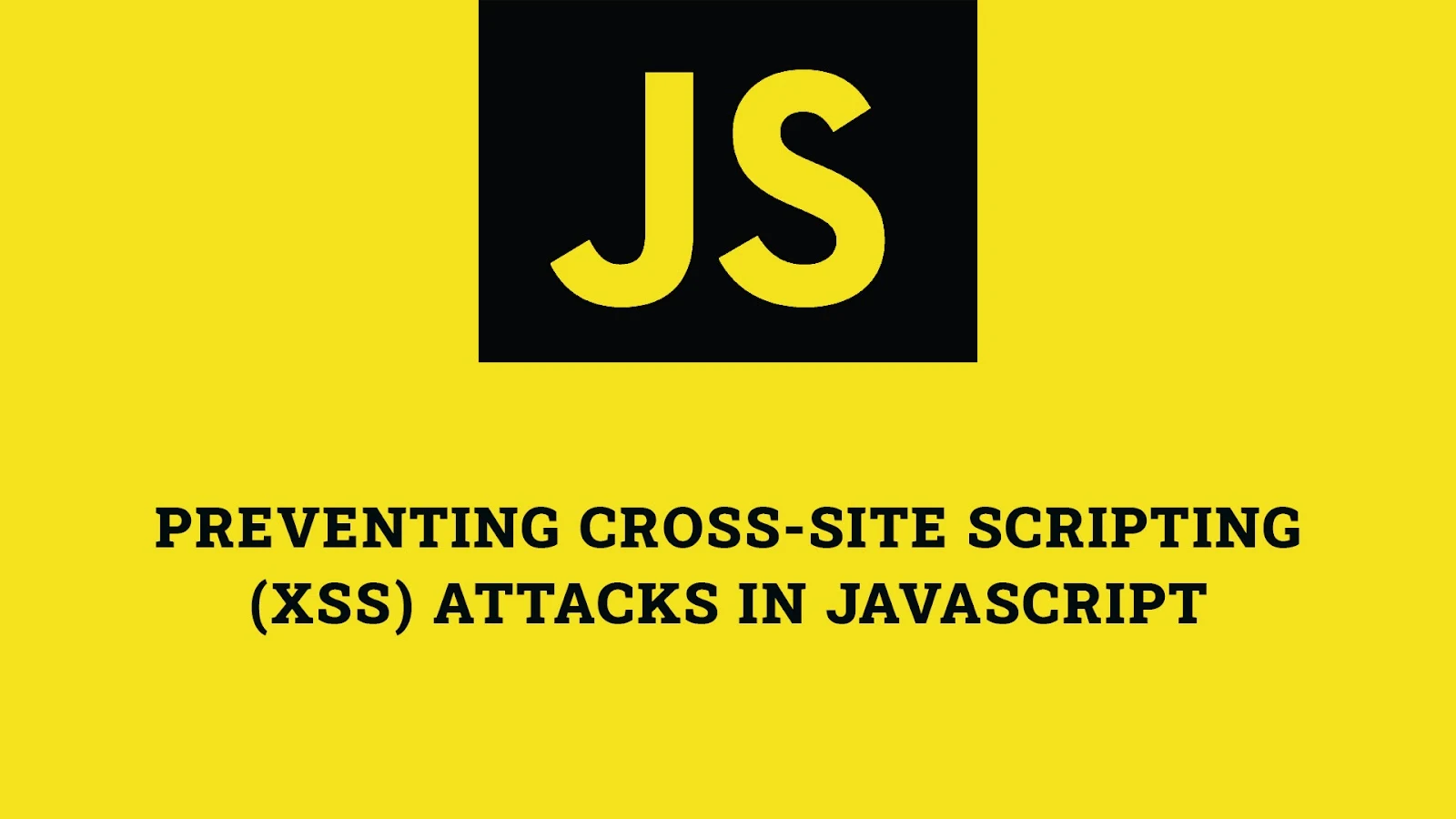Introduction
Cross-Site Scripting (XSS) is a type of security vulnerability that allows attackers to inject malicious scripts into web pages viewed by other users. These scripts can steal sensitive information, manipulate web content, and perform various malicious actions. Preventing XSS attacks is crucial for maintaining the security and integrity of web applications. This article explores how to prevent XSS attacks in JavaScript applications, providing detailed explanations and practical examples to help you master this essential security practice.
Understanding Cross-Site Scripting (XSS)
Cross-Site Scripting (XSS) is a security vulnerability that occurs when a web application allows users to inject malicious scripts into web pages. These scripts can be executed by other users who visit the affected pages, potentially compromising their data and security.
Types of XSS Attacks
- Stored XSS: The malicious script is stored on the server (e.g., in a database) and executed when users access the affected content.
- Reflected XSS: The malicious script is embedded in a URL and executed when the URL is visited. The script is not stored on the server.
- DOM-Based XSS: The malicious script is injected into the client's browser by manipulating the Document Object Model (DOM) without sending any data to the server.
Preventing XSS Attacks
Preventing XSS attacks involves implementing security measures to sanitize and validate user inputs, encode outputs, and follow best practices for secure coding. Here are some key strategies to prevent XSS attacks:
1. Input Validation and Sanitization
Always validate and sanitize user inputs to ensure they do not contain malicious scripts. Use libraries such as DOMPurify to sanitize HTML inputs.
Example: Using DOMPurify to Sanitize User Input
// Install DOMPurify
npm install dompurify
// Use DOMPurify to sanitize user input
const DOMPurify = require('dompurify');
function sanitizeInput(input) {
return DOMPurify.sanitize(input);
}
const safeInput = sanitizeInput('');
console.log(safeInput); // Output: alert("XSS")Output Encoding
Encode user inputs before displaying them on web pages to prevent the browser from interpreting them as executable scripts.
Example: Encoding Output Using a JavaScript Function
function encodeHTML(str) {
return str.replace(/&/g, '&')
.replace(/</g, '<')
.replace(/>/g, '>')
.replace(/"/g, '"')
.replace(/'/g, ''');
}
const userInput = '';
const encodedInput = encodeHTML(userInput);
console.log(encodedInput); // Output: <script>alert("XSS")</script>3. Content Security Policy (CSP)
Implement a Content Security Policy (CSP) to restrict the sources from which scripts can be loaded and executed on your web pages.
Example: Implementing CSP in an HTML Page
<!DOCTYPE html>
<html>
<head>
<meta http-equiv='Content-Security-Policy' content='default-src "self"'>
</head>
<body>
<h1>Content Security Policy Example</h1>
</body>
</html>Secure Handling of User Inputs
Always treat user inputs as untrusted and handle them securely by using frameworks and libraries that provide built-in security features.
Example: Using Express.js to Handle User Inputs Securely
// Install Express.js
npm install express
// Use Express.js to handle user inputs securely
const express = require('express');
const app = express();
app.use(express.json());
app.post('/submit', (req, res) => {
const userInput = req.body.input;
const sanitizedInput = DOMPurify.sanitize(userInput);
res.send(sanitizedInput);
});
app.listen(3000, () => {
console.log('Server is running on http://localhost:3000');
});Fun Facts and Little-Known Insights
- Fun Fact: The first documented XSS vulnerability was reported in 1996, highlighting the long history of this security issue.
- Insight: XSS attacks are among the most common web application vulnerabilities, making it crucial for developers to understand and implement preventive measures.
- Secret: Many popular websites, including social media platforms and online banking services, actively use CSP and other techniques to prevent XSS attacks and protect user data.
Conclusion
Preventing Cross-Site Scripting (XSS) attacks is vital for maintaining the security and integrity of web applications. By understanding the different types of XSS attacks and implementing measures such as input validation and sanitization, output encoding, Content Security Policy (CSP), and secure handling of user inputs, developers can significantly reduce the risk of XSS vulnerabilities. Whether you're working on a small project or a large-scale application, adopting these best practices is essential for protecting your users and their data from malicious attacks.
 Reviewed by Curious Explorer
on
Saturday, November 30, 2024
Rating:
Reviewed by Curious Explorer
on
Saturday, November 30, 2024
Rating:




No comments: